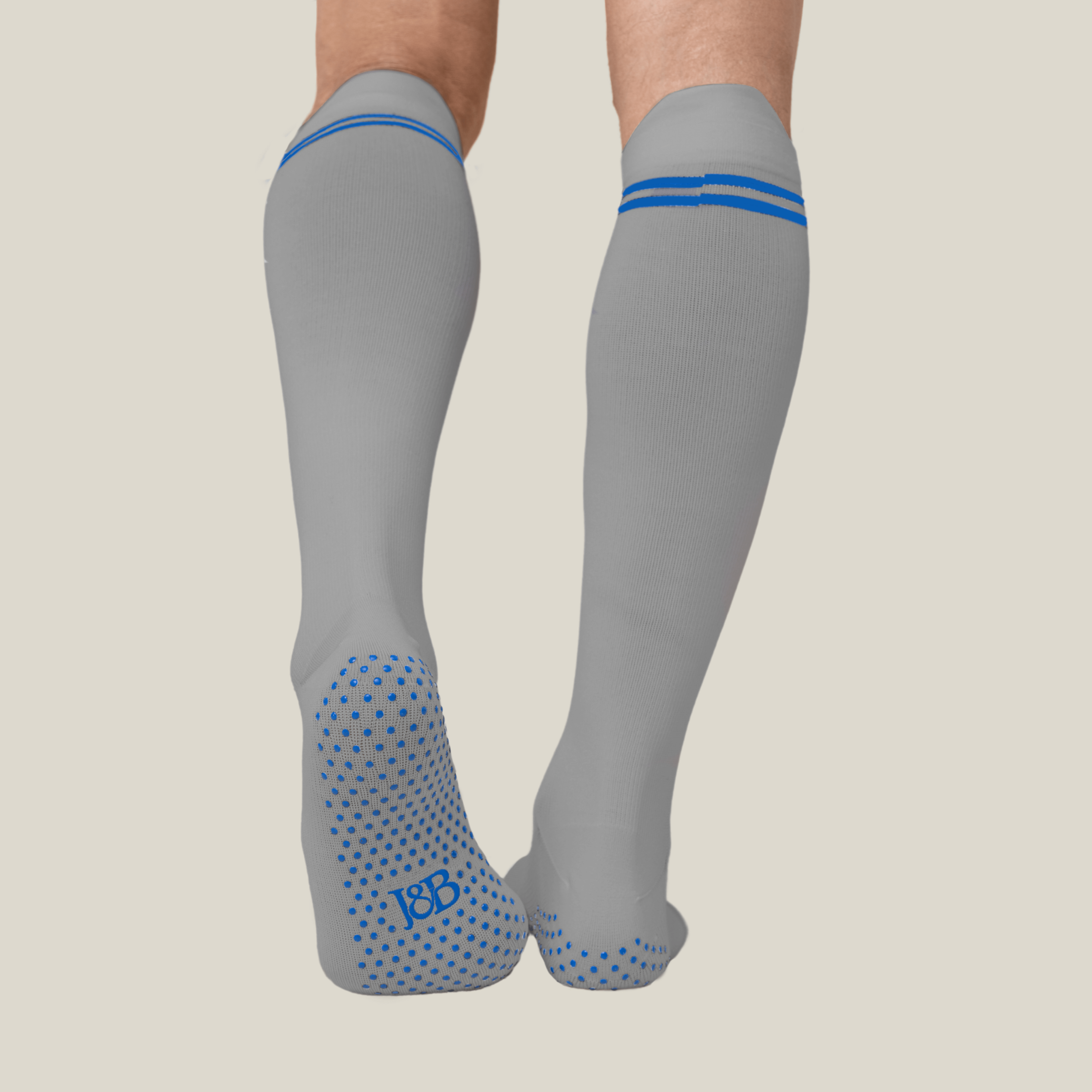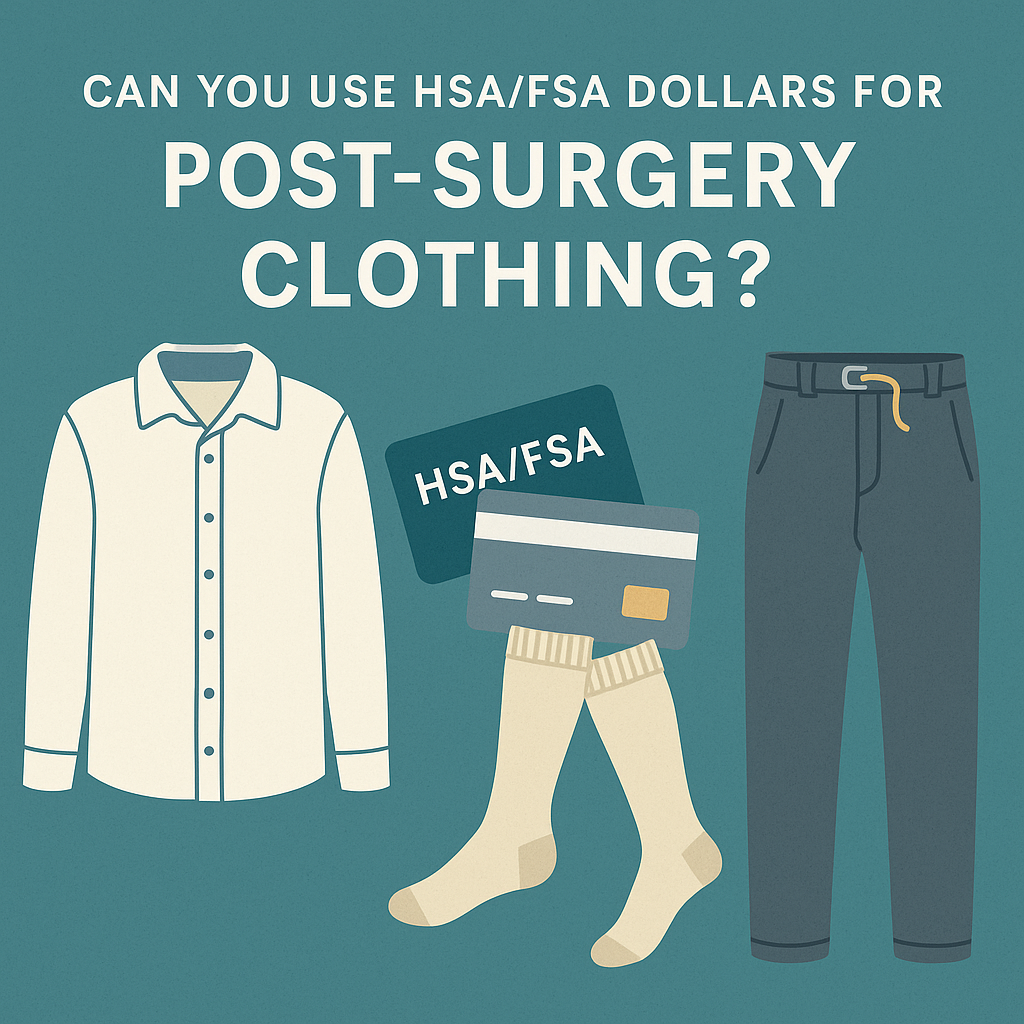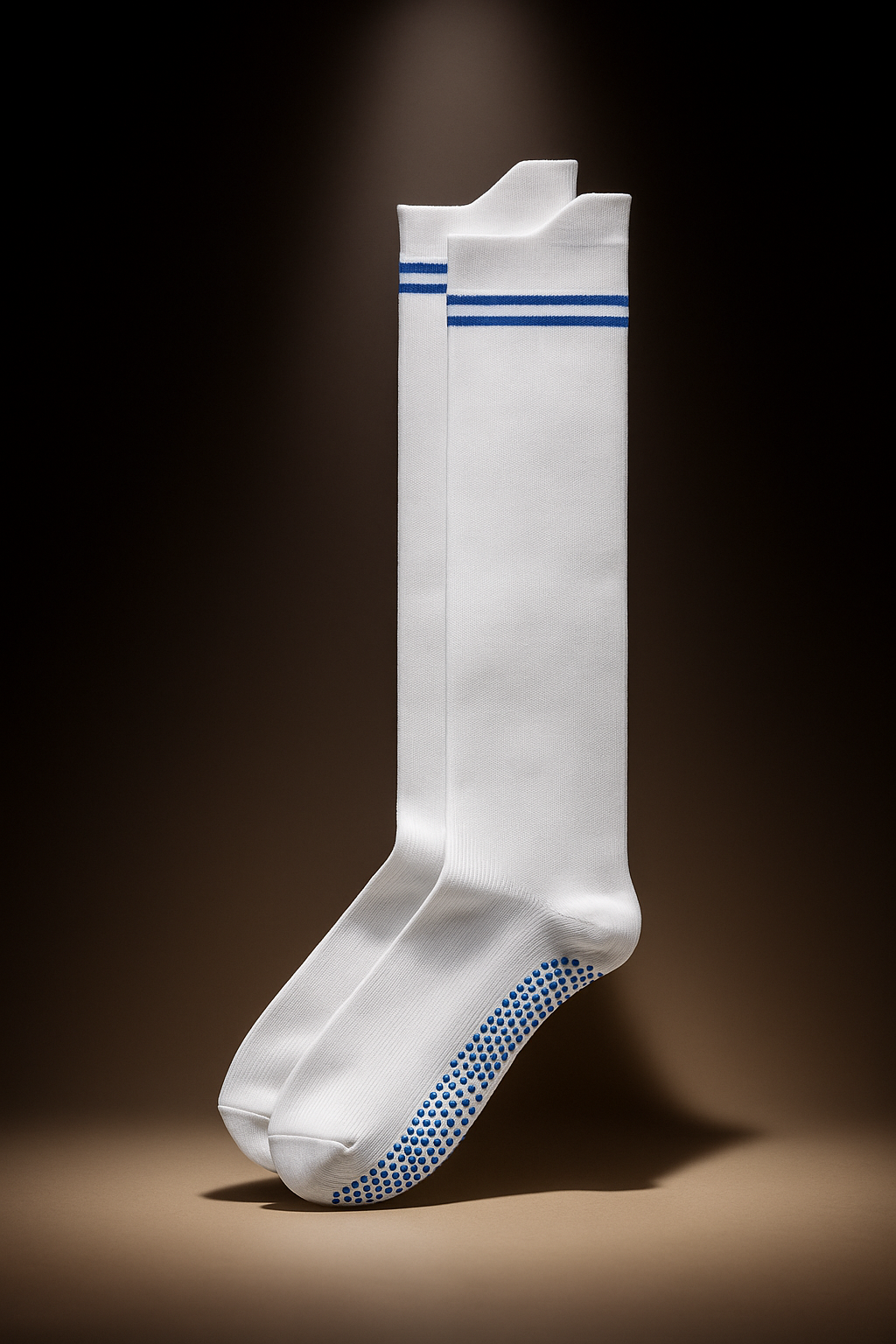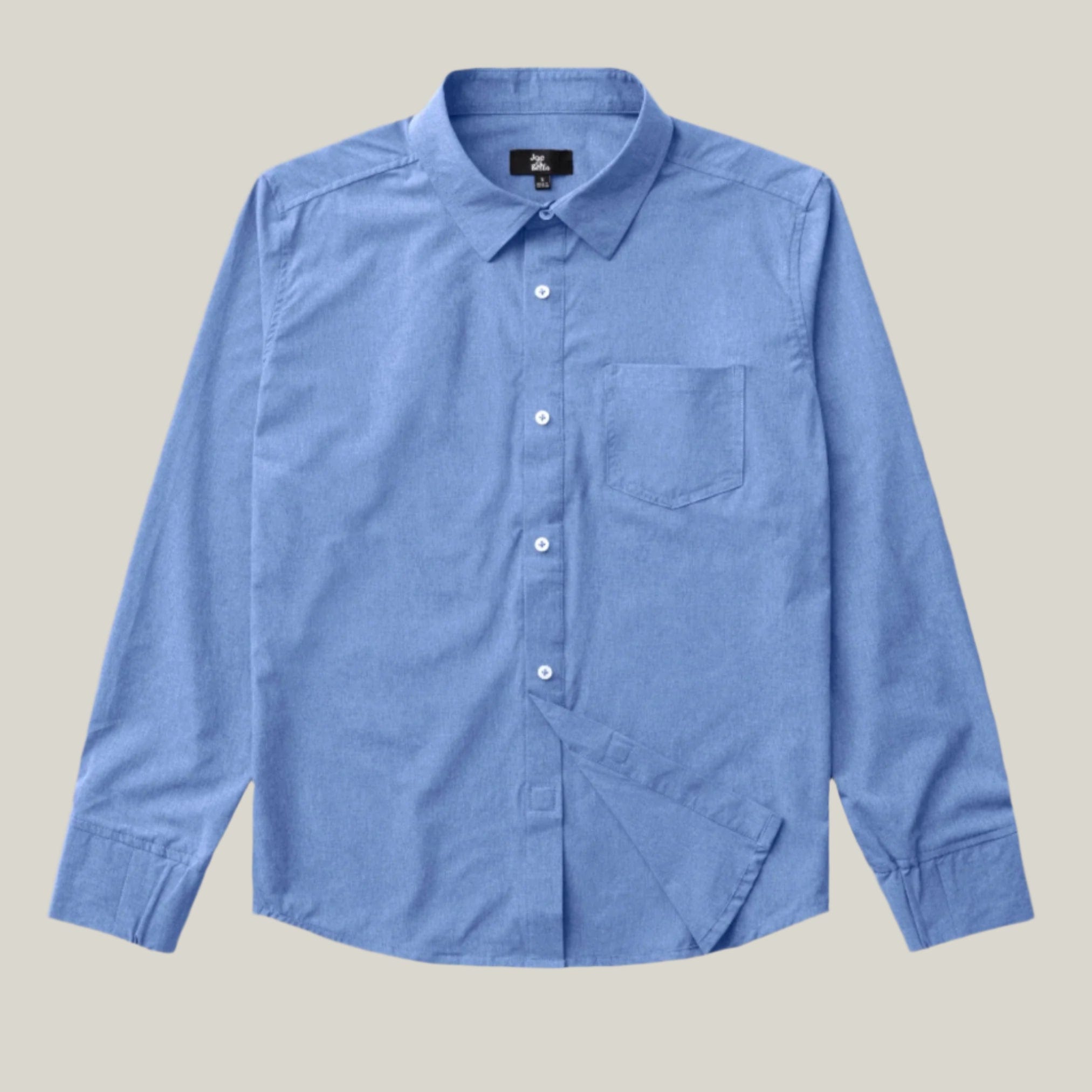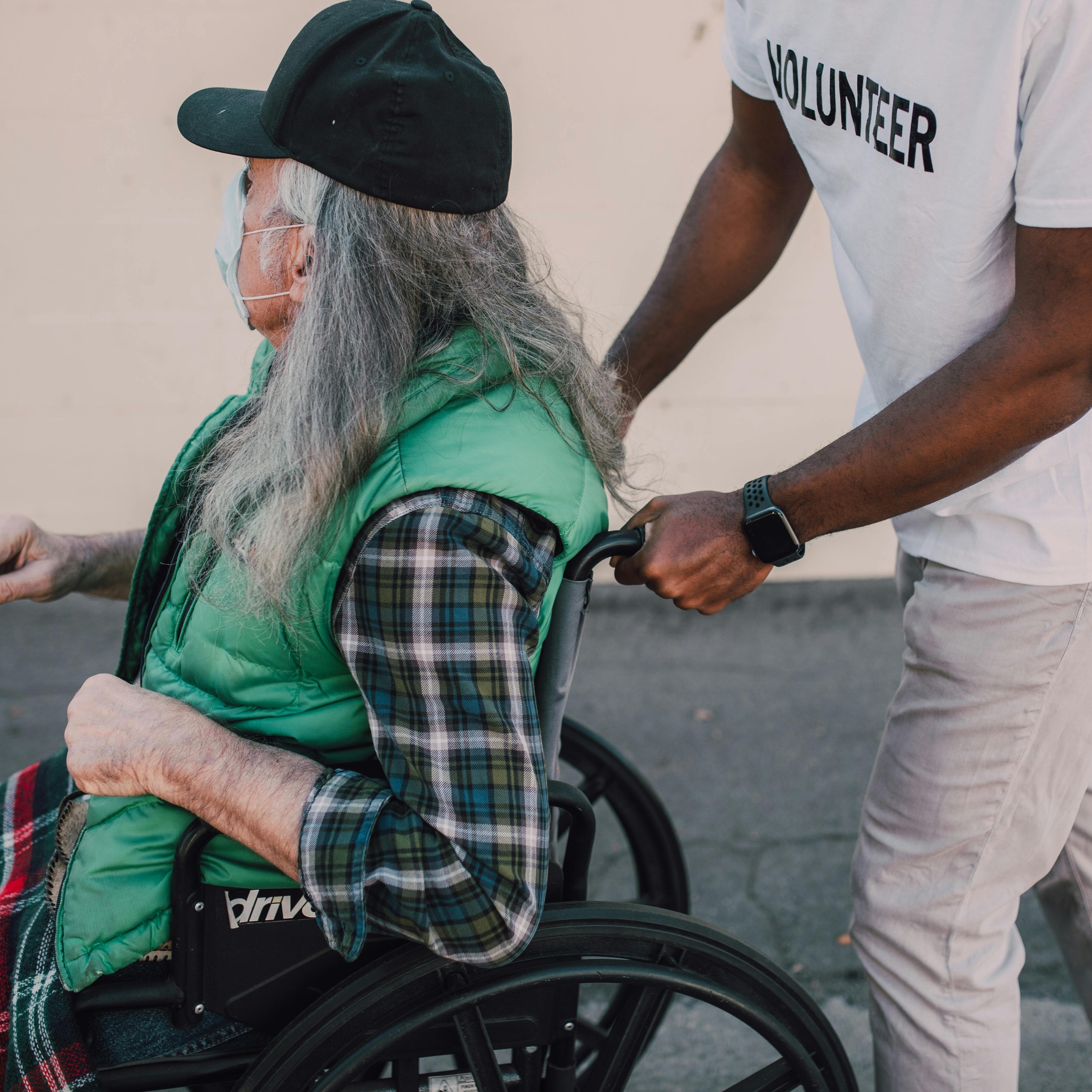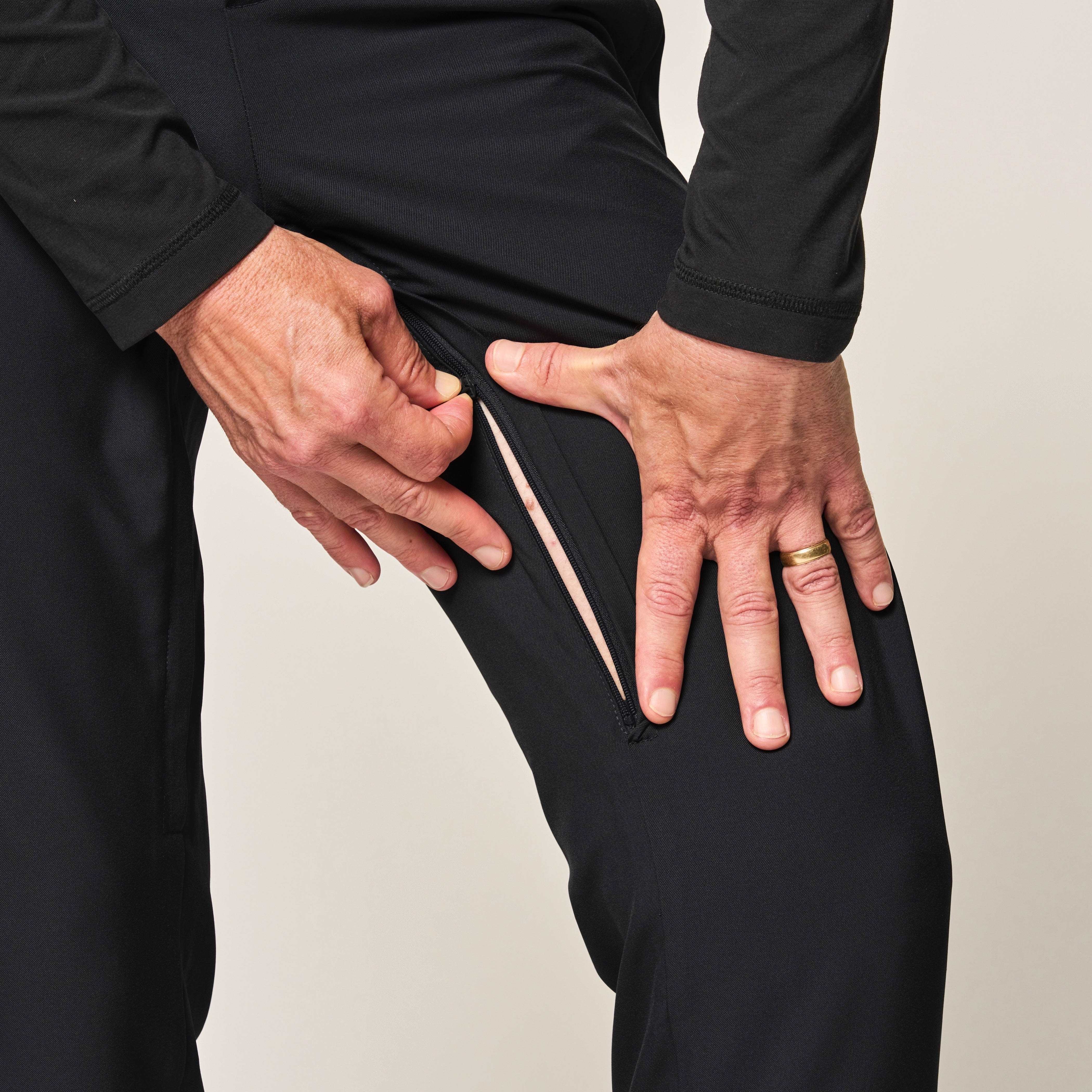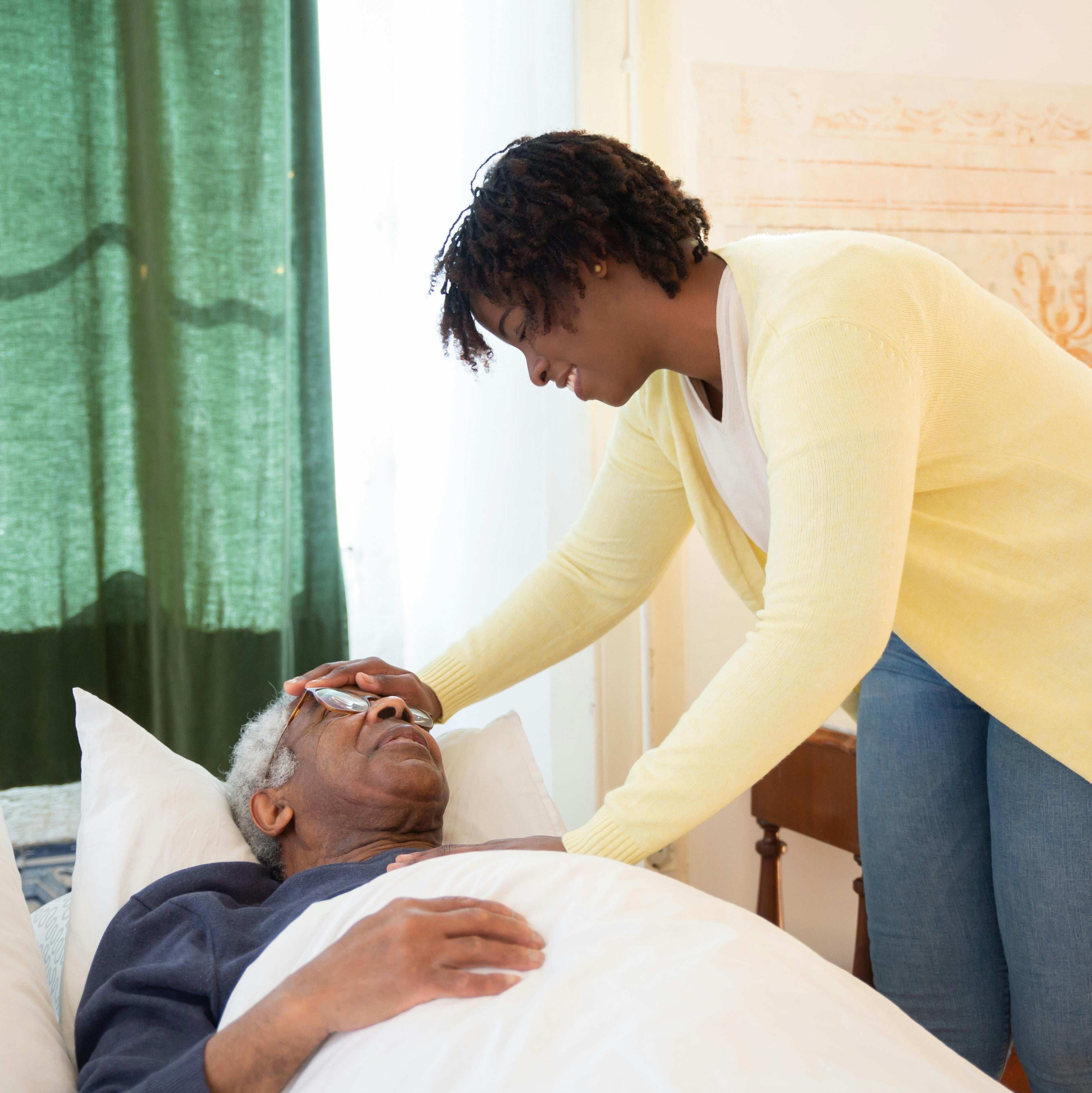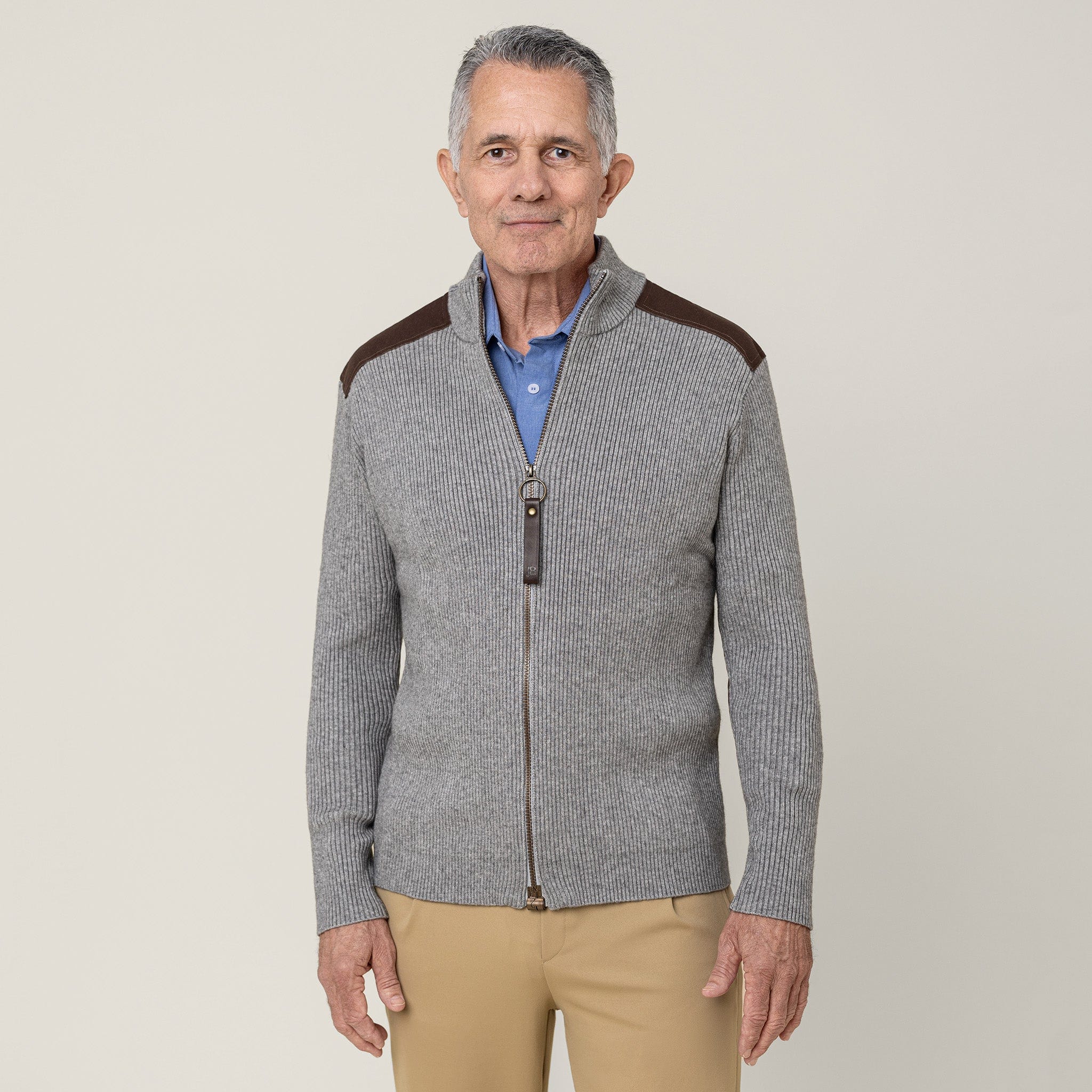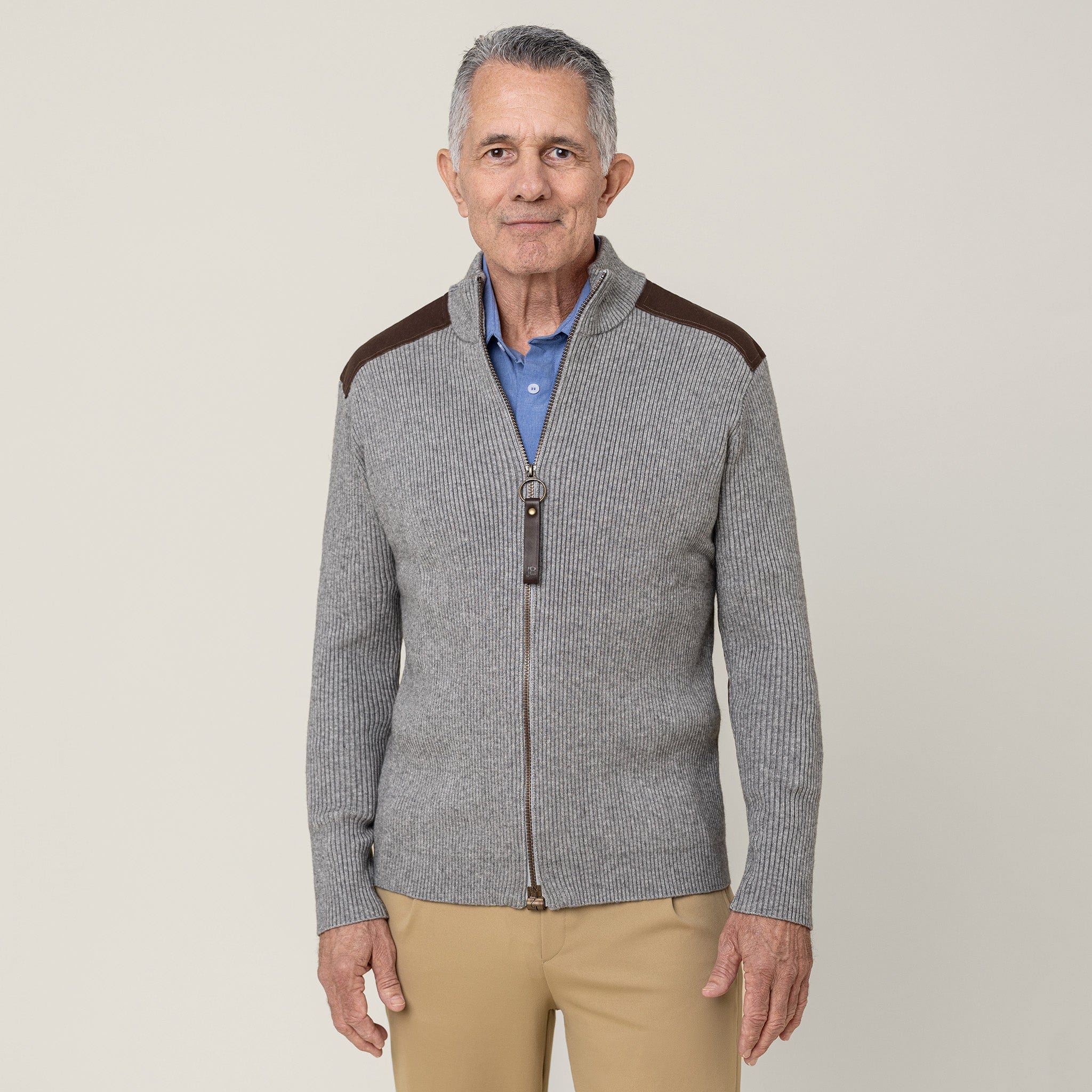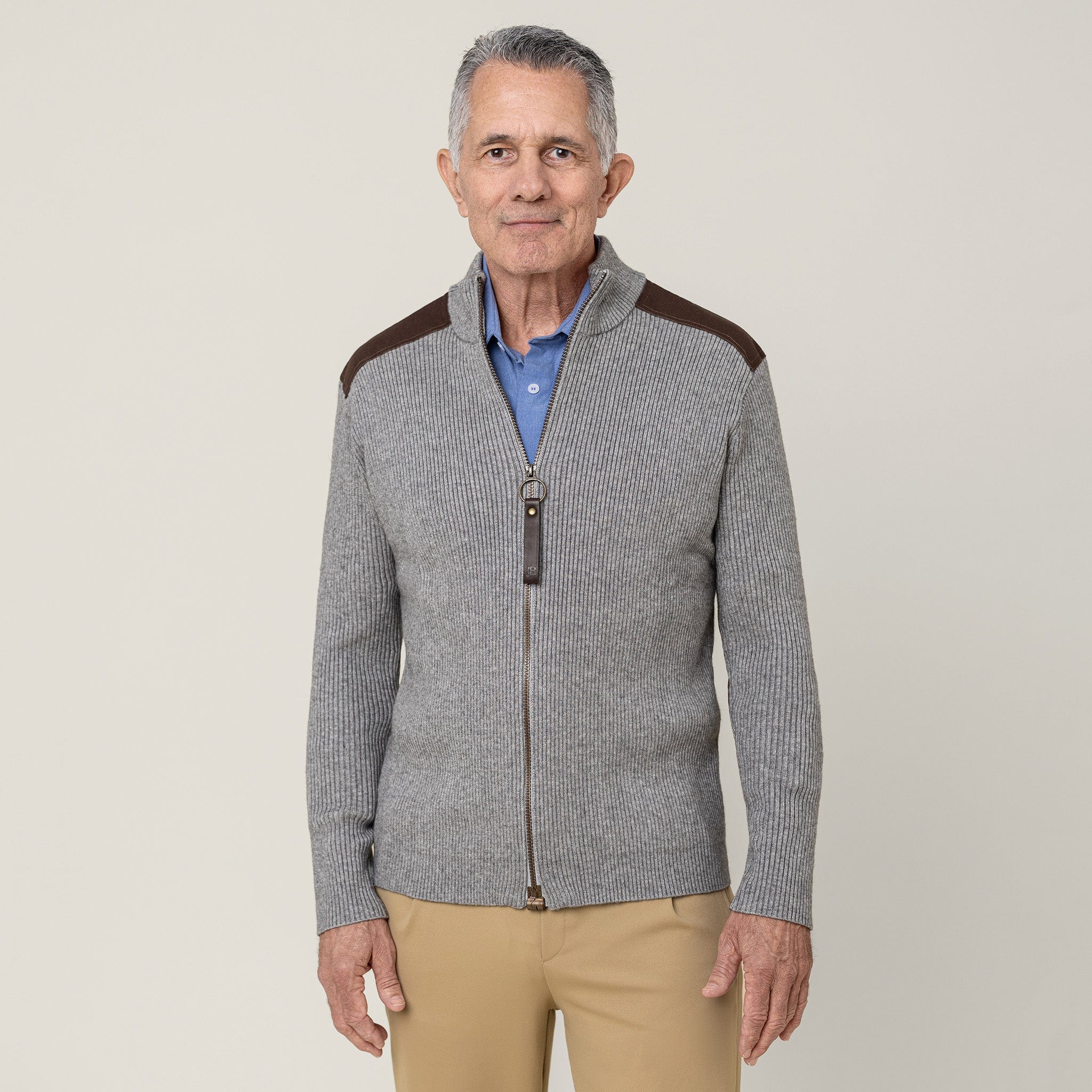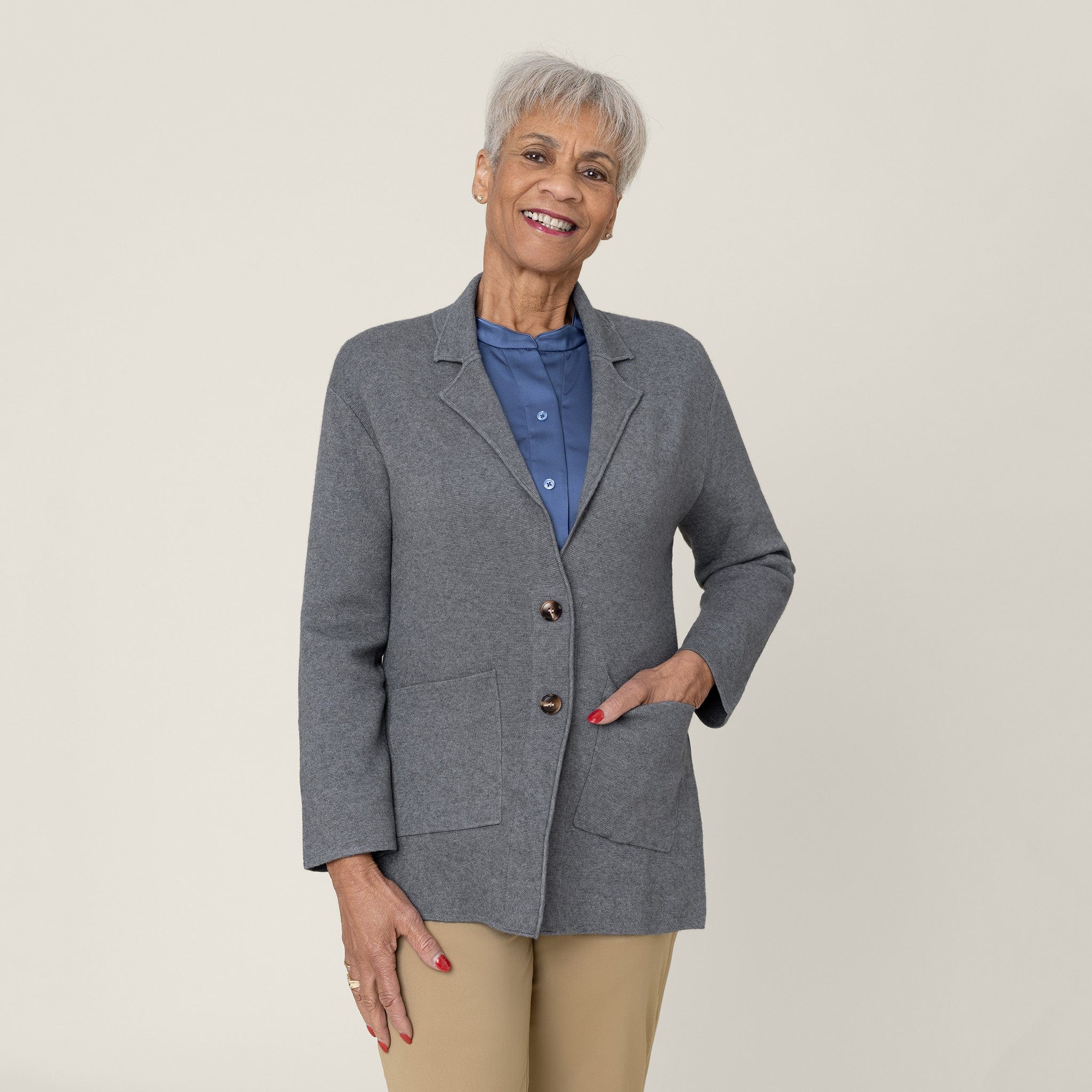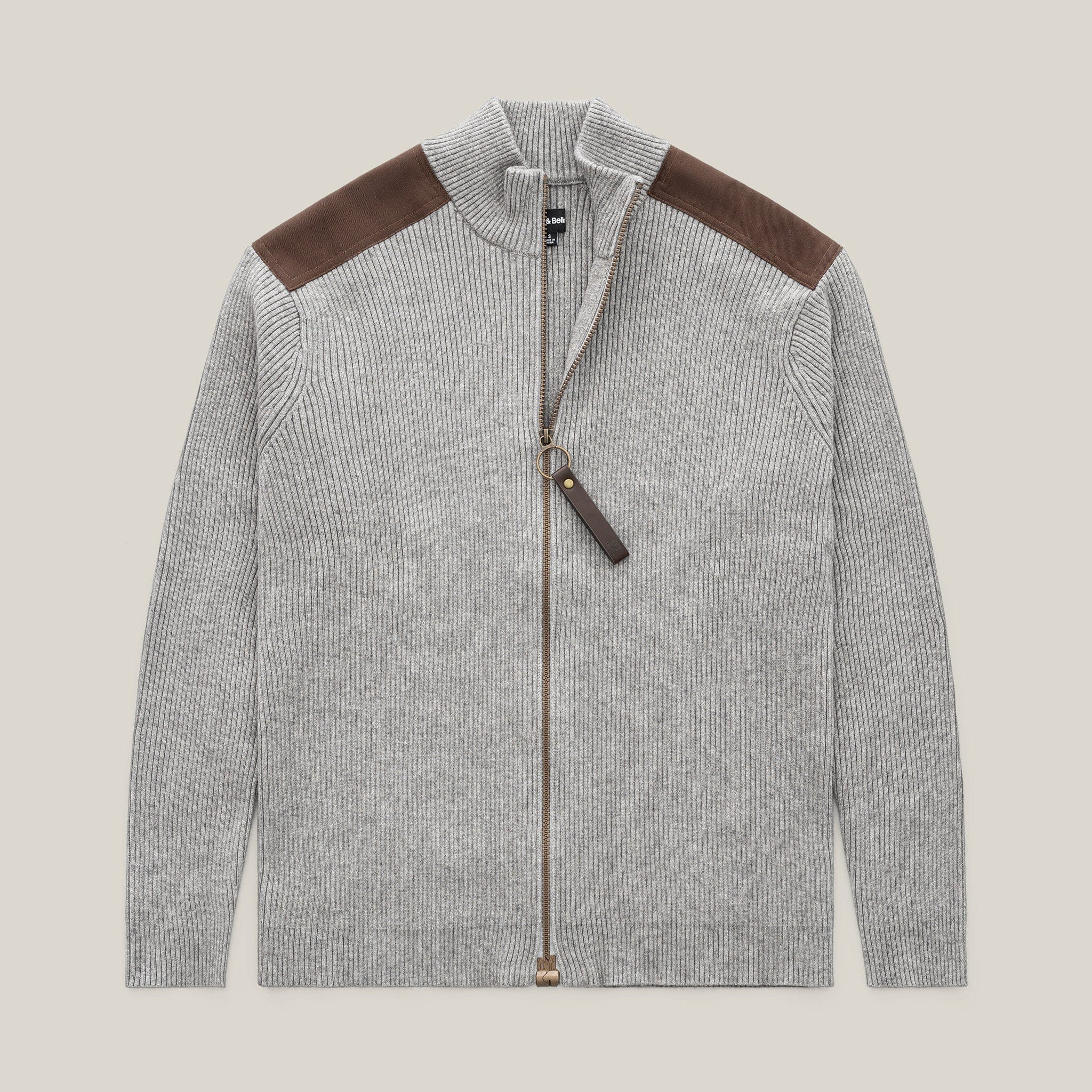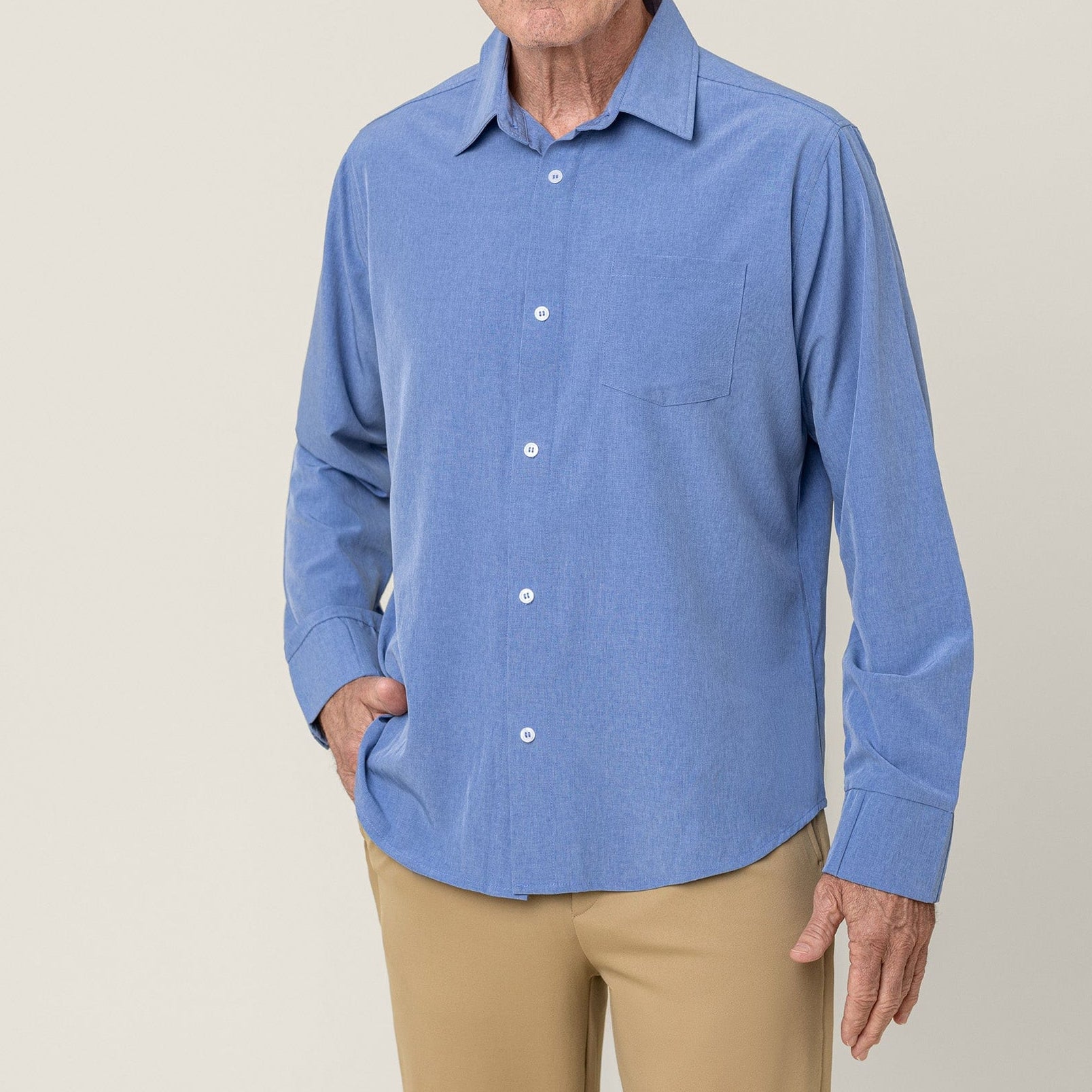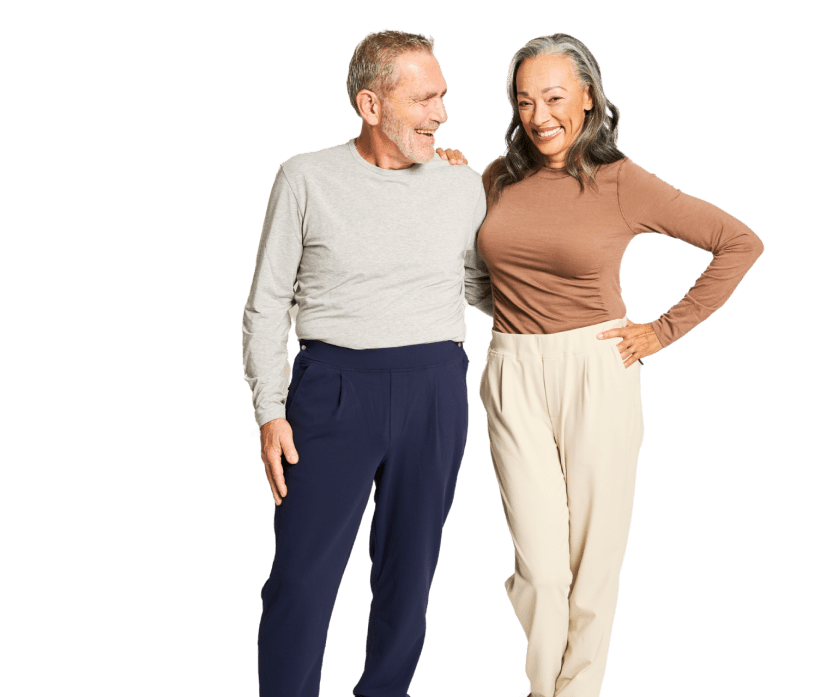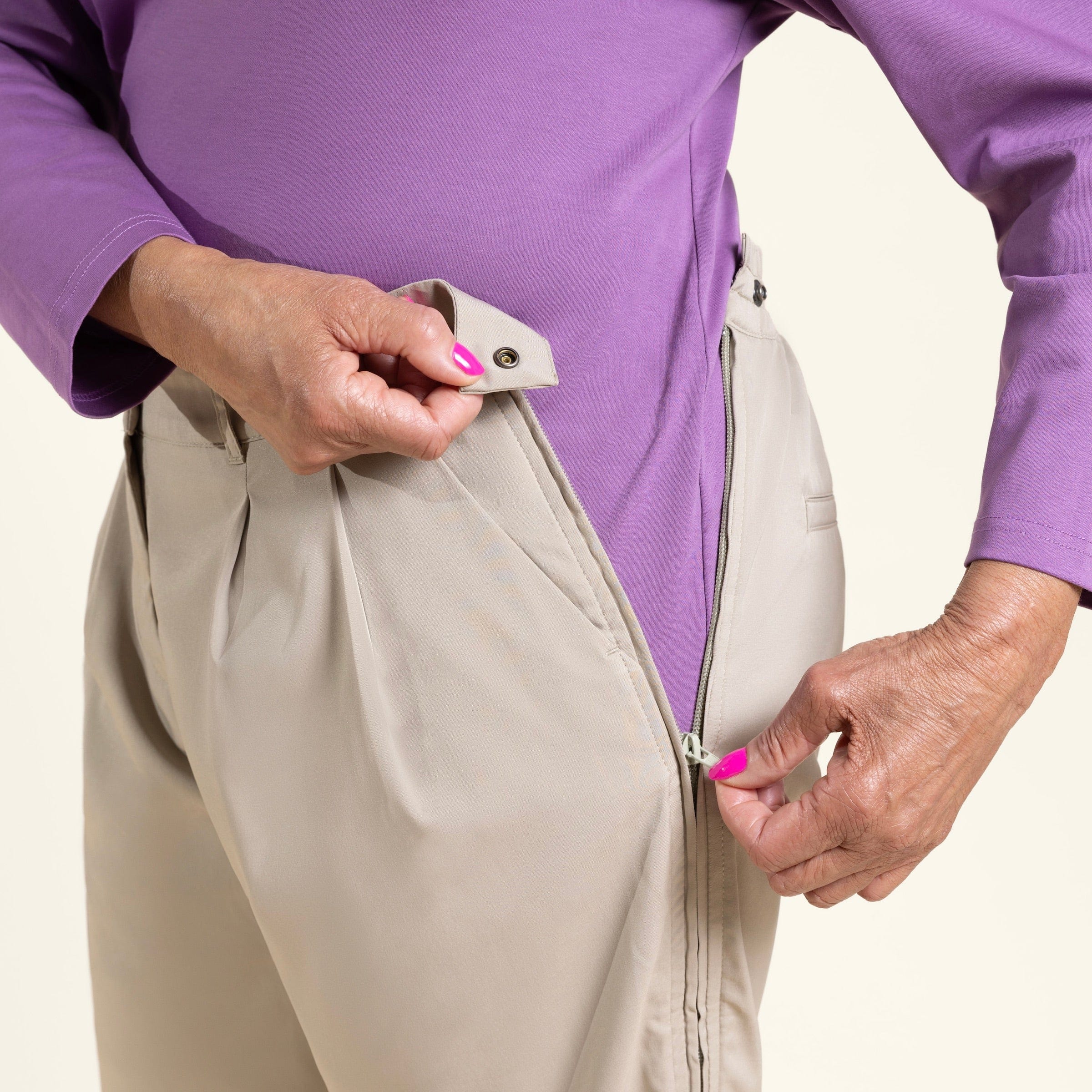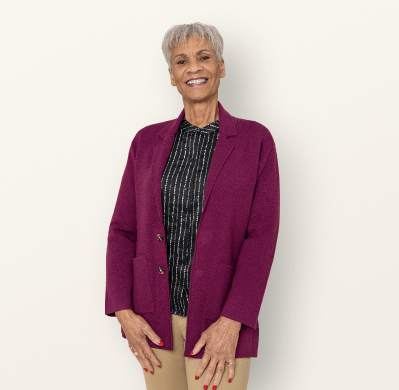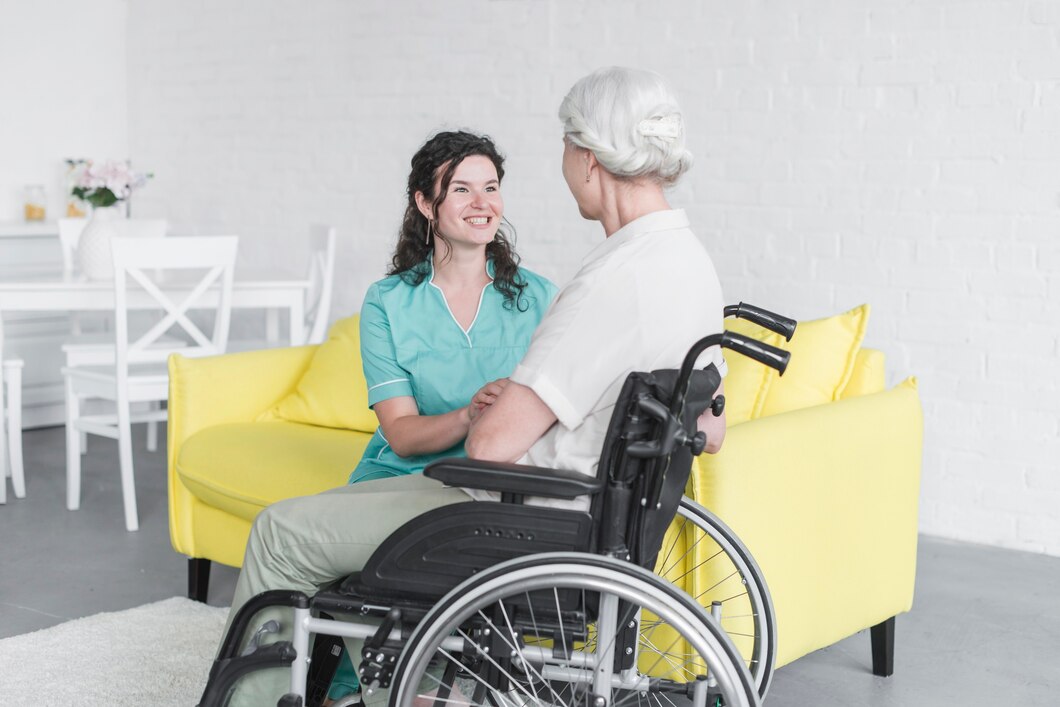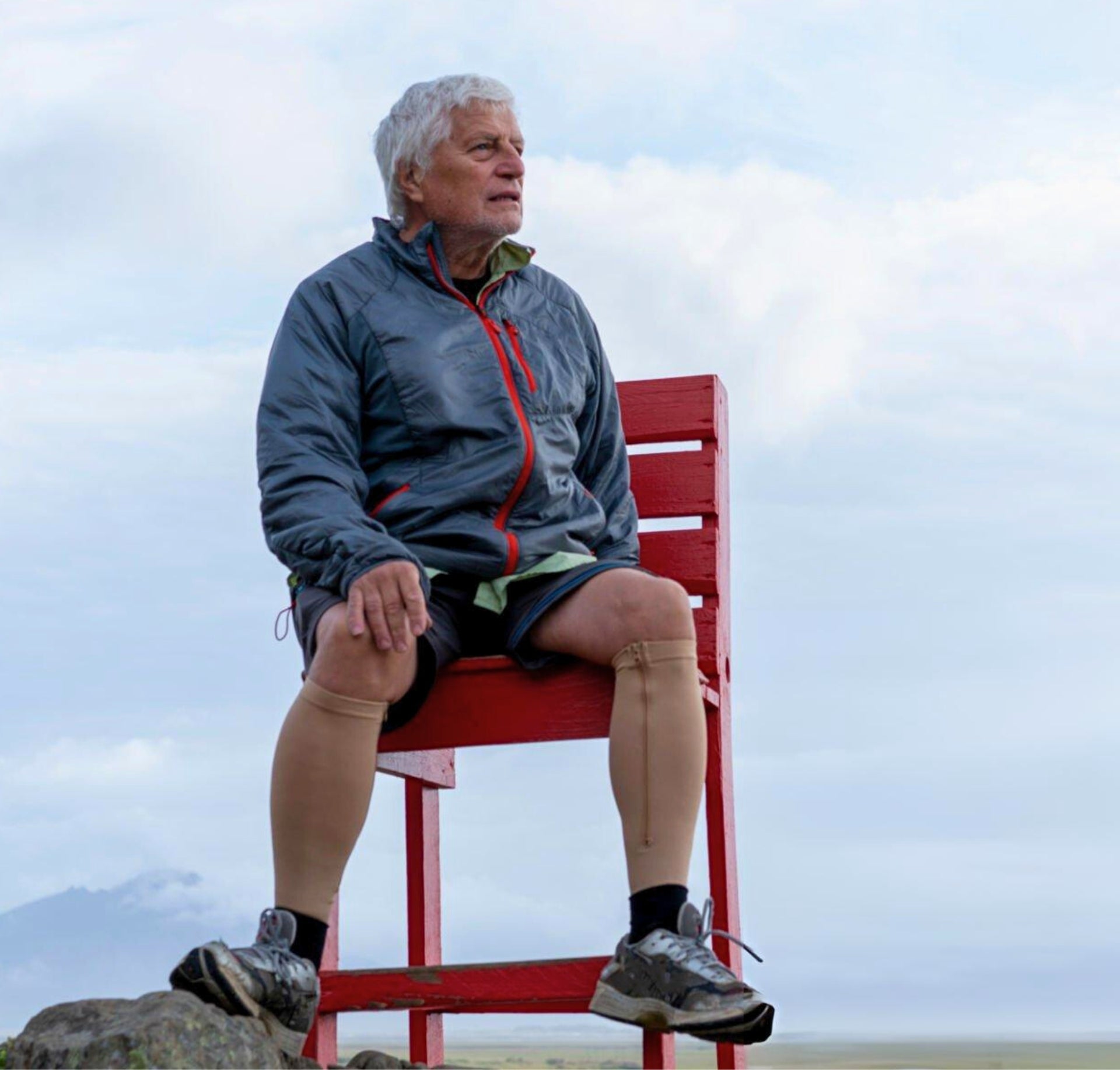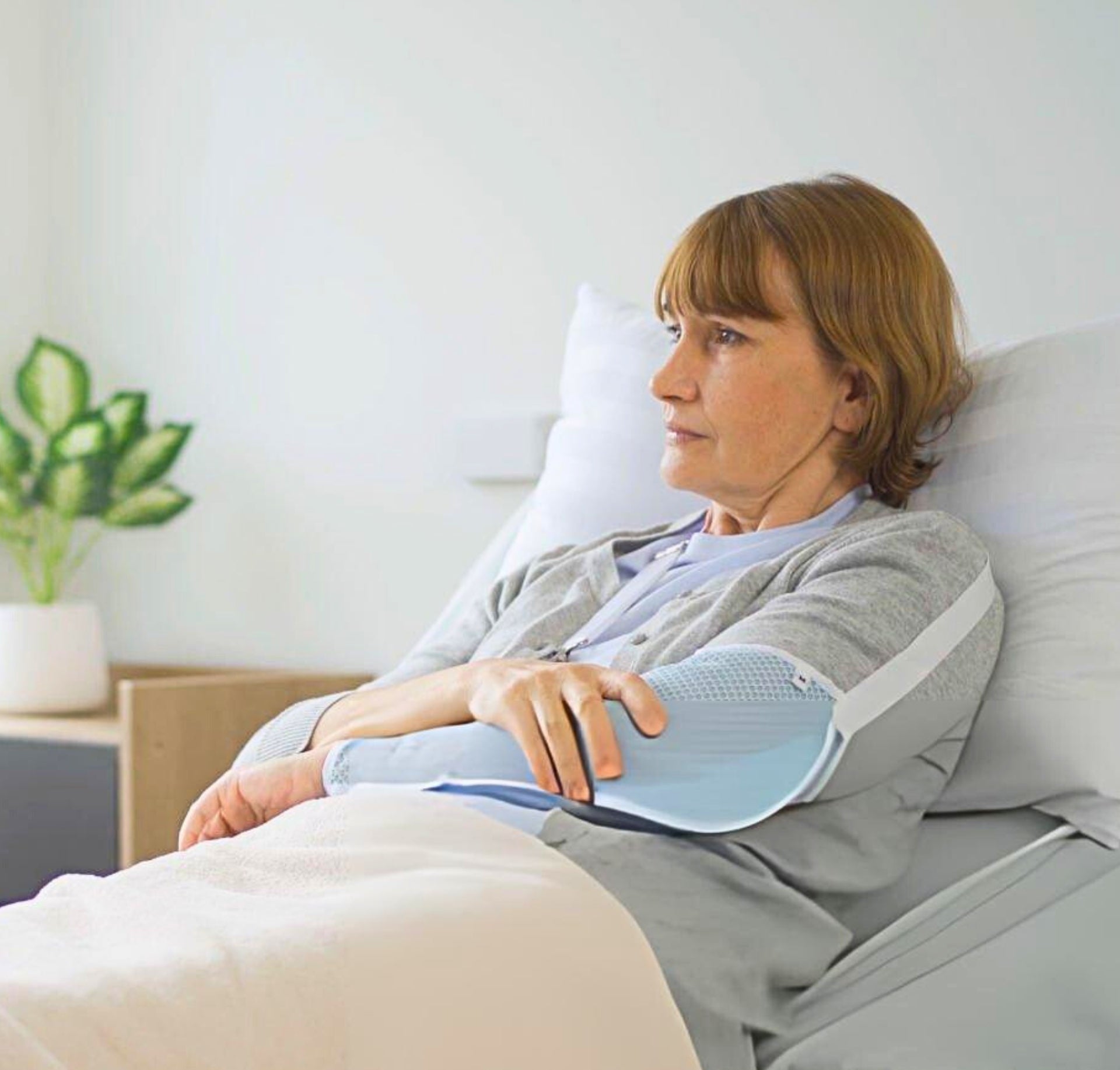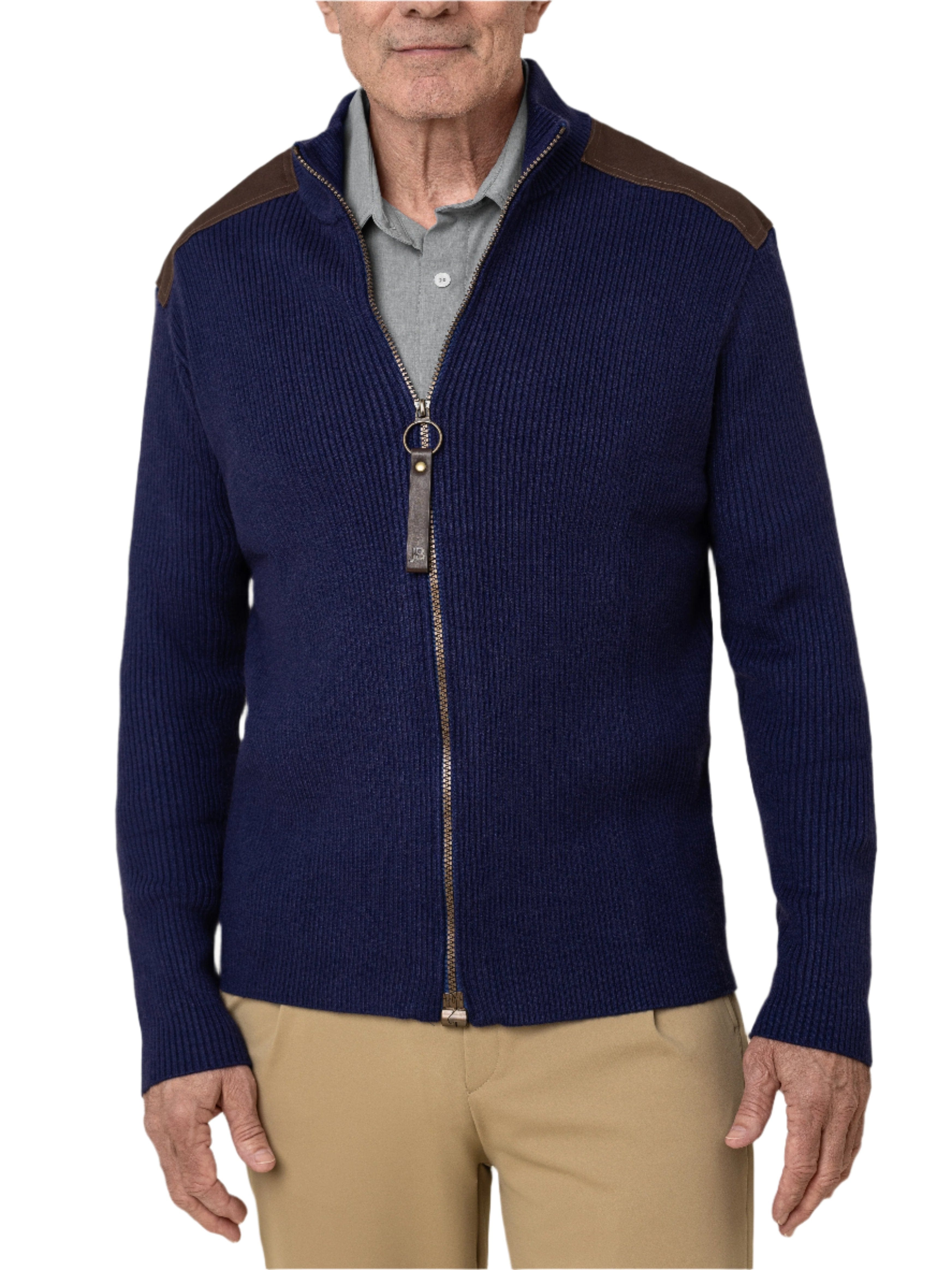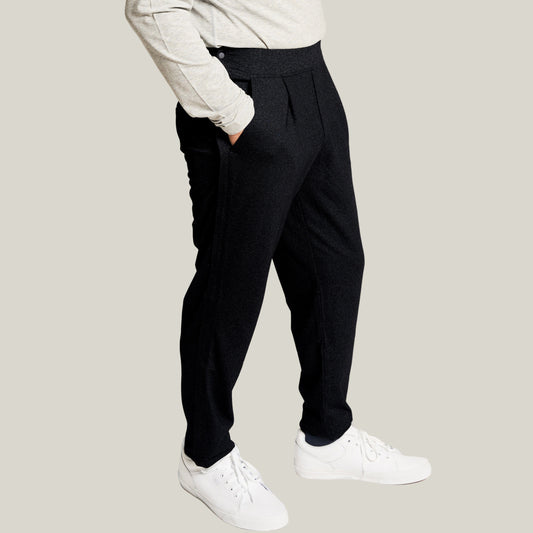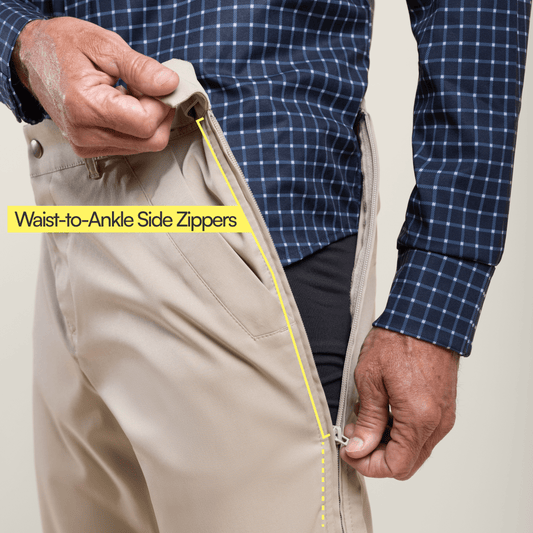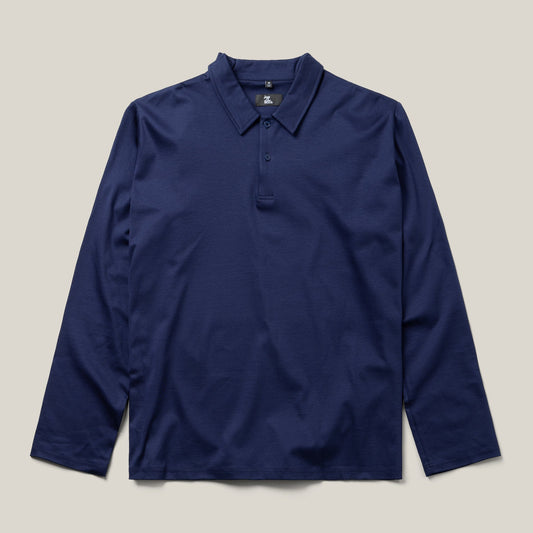Back surgery often brings challenges that extend beyond just the physical healing process.
One common difficulty is finding suitable clothing that offers both comfort and convenience during the crucial recovery phase.
Choosing the right clothes not only ensures comfort but also significantly influences the overall healing journey. Adaptive clothing does a lot for reducing strain, enhancing movement, and promoting relaxation.
At Joe & Bella, we understand how important it is to make dressing as easy and comfortable as possible throughout the recovery phase.
After all, clothes that offer the right balance of comfort, ease of movement, and accessibility can greatly improve your post-surgery experience.
With that in mind, we have compiled this comprehensive guide to help you choose the best clothes to wear after back surgery. Plus, get to know why adaptive clothing is a definite need for the things you need after back surgery.
Factors To Consider When Choosing Clothes After Back Surgery
Choosing post-surgery clothing goes beyond personal style—it’s about selecting post-surgery essentials that maximize comfort and actively support your healing journey.
Considering the following key factors when choosing what to wear can make the recovery process smoother and less painful. This will allow you to focus on healing rather than any discomfort your clothing might cause.
Comfort
Comfort is possibly the most important consideration when it comes to clothing after back surgery because it can directly affect the healing process.
Comfortable clothing ranks high among the must-haves after back surgery, as they greatly reduce general discomfort, support relaxation, and ultimately contribute to a smoother and more effective healing experience.
Opting for soft, loose-fitting fabrics will thus help minimize irritation and ensure that sensitive areas, such as around the incision, are not aggravated. This will allow you to avoid any setbacks in recovery.
Ease of Wear
Putting on typical clothes that require excessive bending, stretching, or twisting can negatively impact recovery and lead to other complications or injuries.
This is why ease of wear is another factor to consider when selecting clothes for post-surgery recovery, as it can help prevent unnecessary strain on the healing body.
It’s best to choose clothes that are easy to put on and take off. This minimizes physical effort, reduces pain, and makes the dressing process less daunting, allowing you to conserve energy for healing.
Temperature Control
Temperature fluctuations can cause additional discomfort and hinder the healing process.
Maintaining an appropriate body temperature is thus crucial for improving comfort during the recovery period.
As your body experiences these fluctuations, it’s important to wear layers or clothing that allows for easy adjustment and can help you manage these changes effectively.
This flexibility ensures you stay comfortable, which supports better rest and overall recovery.
Accessibility
Accessibility in clothing refers to garments designed to accommodate the unique challenges faced during recovery, including limited range of motion and increased sensitivity.
Features like zippers, snaps, or magnetic closures at the front are crucial for making dressing less physically demanding.
Accessible clothing also promotes independence. It can reduce your reliance on caregivers and enhance a sense of control, which can lead to improved emotional well-being and overall confidence.
By simplifying the dressing process, accessible clothing can help you maintain a greater sense of dignity and autonomy, both of which are essential during recovery.
Supportive Features
Certain supportive features in clothing can enhance stability and comfort for those recovering from back surgery by providing gentle reinforcement where it is most needed.
Clothing that supports the back or other relevant areas without adding pressure can help maintain proper posture and stability. This contributes to a more comfortable experience, ultimately leading to a more effective recovery.
Top Clothing Items Recommended For Back Surgery Recovery

Selecting appropriate adaptive clothing for your recovery can make all the difference in terms of comfort and convenience.
Loose-Fitting Shirts and Tops
Loose-fitting shirts and tops are a must-have for anyone recovering from back surgery because they help reduce the strain on the back by minimizing movement needed during dressing.
Button-up or zippered tops are especially helpful as they eliminate the need to lift your arms overhead, which could otherwise lead to unnecessary discomfort or stress on healing areas.
Additionally, choosing soft fabrics in adaptive clothing is crucial to avoid irritation around the incision area, which can promote better healing and quality of life.
Elastic Waist Pants
Elastic waist pants are ideal when recovering from back surgery because they can be pulled up easily without excessive bending.
This ease of wear helps minimize strain on the healing back, making these pants a practical option for recovery.
Loose-fitting pants are also important as they provide all-day comfort without restricting movement, ensuring you can move freely without aggravating sensitive areas.
Slip-On Shoes
Slip-on shoes are a convenient footwear option for people recovering from back surgery because they eliminate the need to bend down to tie shoelaces.
By avoiding unnecessary strain and pressure on the healing back, slip-on shoes thus help make daily activities more manageable.
Additionally, choosing shoes with good support is crucial for maintaining stability and balance, which can prevent falls and further injuries, especially in this vulnerable state.
Bathrobes or Wrap Dresses
Bathrobes or wrap dresses like nightgowns are excellent choices for lounging comfortably during recovery.
These are easy to put on and remove without excessive movement, minimizing your risk of strain or discomfort.
They also provide adequate coverage, making them both practical and comfortable while allowing easy access to the incision area when needed for care or inspection.
Adaptive Clothing Options To Make Dressing Easier
Adaptive clothing is specifically designed for individuals with limited mobility. It is an excellent choice for those recovering from back surgery because it addresses common challenges faced during dressing.
Clothing with magnetic buttons, Velcro and garments that can be worn without bending or twisting can help reduce painful movements and strain on the healing body.
For example, a blouse with magnetic buttons uses small but powerful magnets embedded within the fabric. This allows for easy closure without using fine motor skills or strenuous pulling.
Simply bringing the two sides of the garment close together causes the magnets to snap into place, securely fastening the garment with minimal effort.
Adaptive clothing thus eliminates the need for excessive movement and ensures that recovery is as smooth as possible. It combines practicality with comfort to promote better healing outcomes.
Tips for Dressing After Back Surgery
Making dressing as simple as possible is an integral part of the recovery process because it helps minimize pain, reduces the risk of further injury, and conserves energy for healing.
The following tips are designed to help you reduce strain and discomfort while dressing, ultimately promoting a smoother and more effective recovery experience.
Prepare Clothes Before Surgery
Preparing your clothes before surgery can make the recovery phase much more manageable by ensuring that everything you need is already easily accessible.
Setting out comfortable, easy-to-wear clothing ahead of time reduces the need to bend, twist, or reach for items when you are already in pain or feeling limited in your mobility.
This proactive approach will help you avoid unnecessary strain, allowing you to focus on healing rather than struggling with your clothing.
Use Assistive Devices
Assistive devices, like dressing sticks, reachers, and sock aids, can be extremely helpful when dressing after back surgery because they are specifically designed to minimize challenging movements.
These tools reduce the need for bending or stretching, which helps to prevent strain on the healing back and thus lowers the risk of injury.
By using assistive devices, you can maintain a sense of independence, which is crucial for mental well-being during recovery. They also make the dressing process safer and less physically demanding.
Avoid Unnecessary Strain
To avoid unnecessary strain while dressing, it is important to make the process as gentle on your body as possible.
Sitting down when putting on clothes helps maintain stability and reduces the risk of falls, especially when you are still regaining strength.
Opting for garments with simple closures, such as Velcro or front zippers, helps to eliminate complex movements that could cause discomfort.
Asking for help when needed is essential because it prevents overexertion and allows you to focus on your healing, reducing the risk of setbacks or injury.
Clothing To Avoid After Back Surgery
Not all clothing is suitable for wear during recovery, as some garments can hinder rather than help your healing.
Tight-fitting clothing or items that place pressure on the incision area should be avoided because they can cause irritation, restrict blood flow, and impede the healing process.
Additionally, clothes with complicated closures or zippers at the back should be avoided because they often require awkward twisting or bending, which can put undue stress on the recovering back and lead to further discomfort or injury.
Choosing garments that are easy to wear helps ensure a smoother and safer recovery.
Wrapping Up: Best Clothes To Wear After Back Surgery
The key to a successful recovery after back surgery is prioritizing comfort, ease of movement, and practicality.
The right clothing can make a world of difference, not just in terms of physical comfort but also by fostering a sense of independence and confidence during the healing process.
At Joe & Bella, we are committed to helping you feel your best throughout your recovery.
By choosing garments that offer comfort, accessibility, and thoughtful design features, you can focus more on healing and less on the challenges of dressing.
Our clothing options are crafted to support you every step of the way, ensuring that you feel secure, comfortable, and empowered throughout this critical journey.






